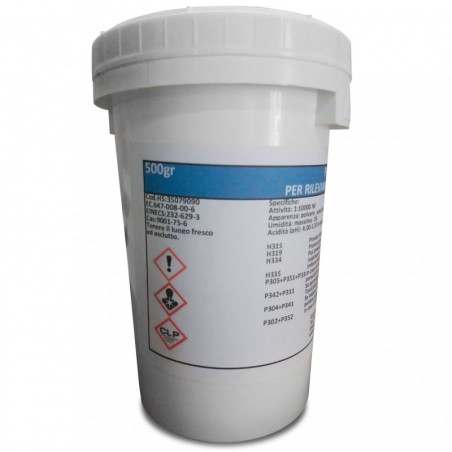In what has been described as the “worst supply situation to hit the European carbon dioxide (CO2) business in decades”, many consumers of CO2.
Traditionally, one of the largest sources of food grade CO2 in Europe has been from ammonia plants. However, ammonia is used in fertiliser production and the peak production output for fertilisers is generally from August to March or winter months. Fertiliser companies then plan maintenance or shutdowns in April through to June on a regular basis. What has compounded the situation this year is not only the timing of all the maintenance procedures, but that ammonia market prices have fallen to a low and imports are available from outside of Western Europe that has led to European producers prolonging the downtime of the ammonia plants within the region.

It appears the UK is hardest hit – with only one major CO2 plant operating as we go to press. Very reliant on imports from Scandinavia and also the Netherlands – the UK is doubly impacted in that there are limited movements across the Channel due to the plant shut-downs in the Benelux and France limiting product to ship.
Carbon dioxide gas shortages may affect the supply of meat and meat products to UK consumers as it is widely used in the meat processing industry. Carbon dioxide gas is used for gas-flushed and modified atmosphere product packaging and also as a humane method of stunning at the point of slaughter.
If meat producers become unable to operate due to a lack of CO2, slaughtering capacity would be reduced which would create a particular challenge in terms of holding back pigs and re-directing them to other plants not dependent on CO2 in order to prevent an issue.
Wednesday June 19, 2018.
GasWorld. https://www.gasworld.com
British Meat Processors Association. http://britishmeatindustry.org/






